Auditing & Fraud: Analyzing Internal Control Weaknesses & Solutions
VerifiedAdded on 2023/04/03
|5
|432
|57
Homework Assignment
AI Summary
This assignment solution focuses on auditing and internal controls to prevent fraud in various business scenarios. It addresses potential employee fraud in situations involving inventory management, cash handling, and credit card usage, suggesting specific internal controls to detect and prevent these fraudulent activities. The solution also covers audit evidence for obsolete inventory, long-term leases, and goods with warranties. Additionally, it discusses the importance of searching for unrecorded liabilities during final audits and the impact of differing cut-off periods between internal and external auditors. The document concludes by referencing relevant academic literature on auditing and risk management. Desklib provides students access to this and other solved assignments to aid in their studies.
1 out of 5
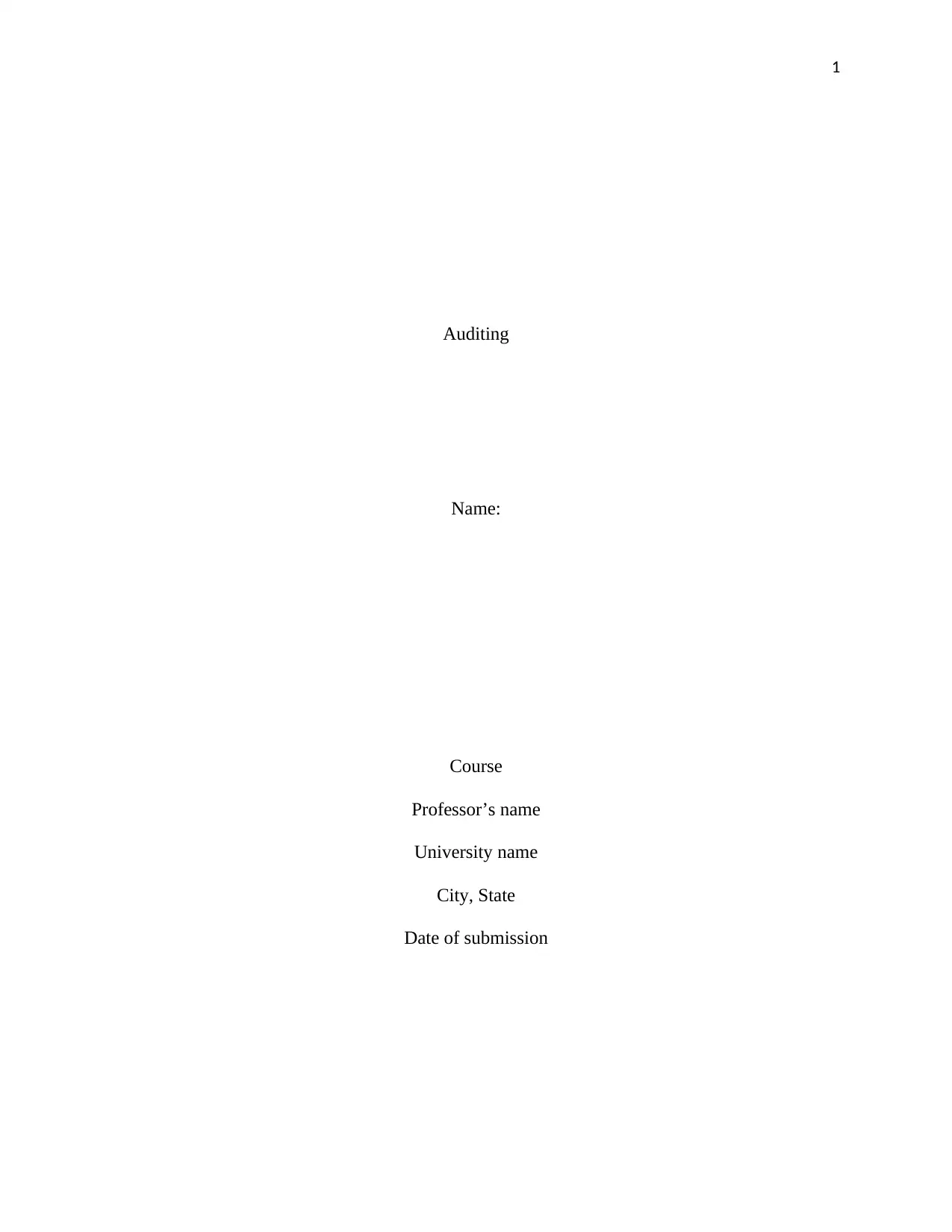
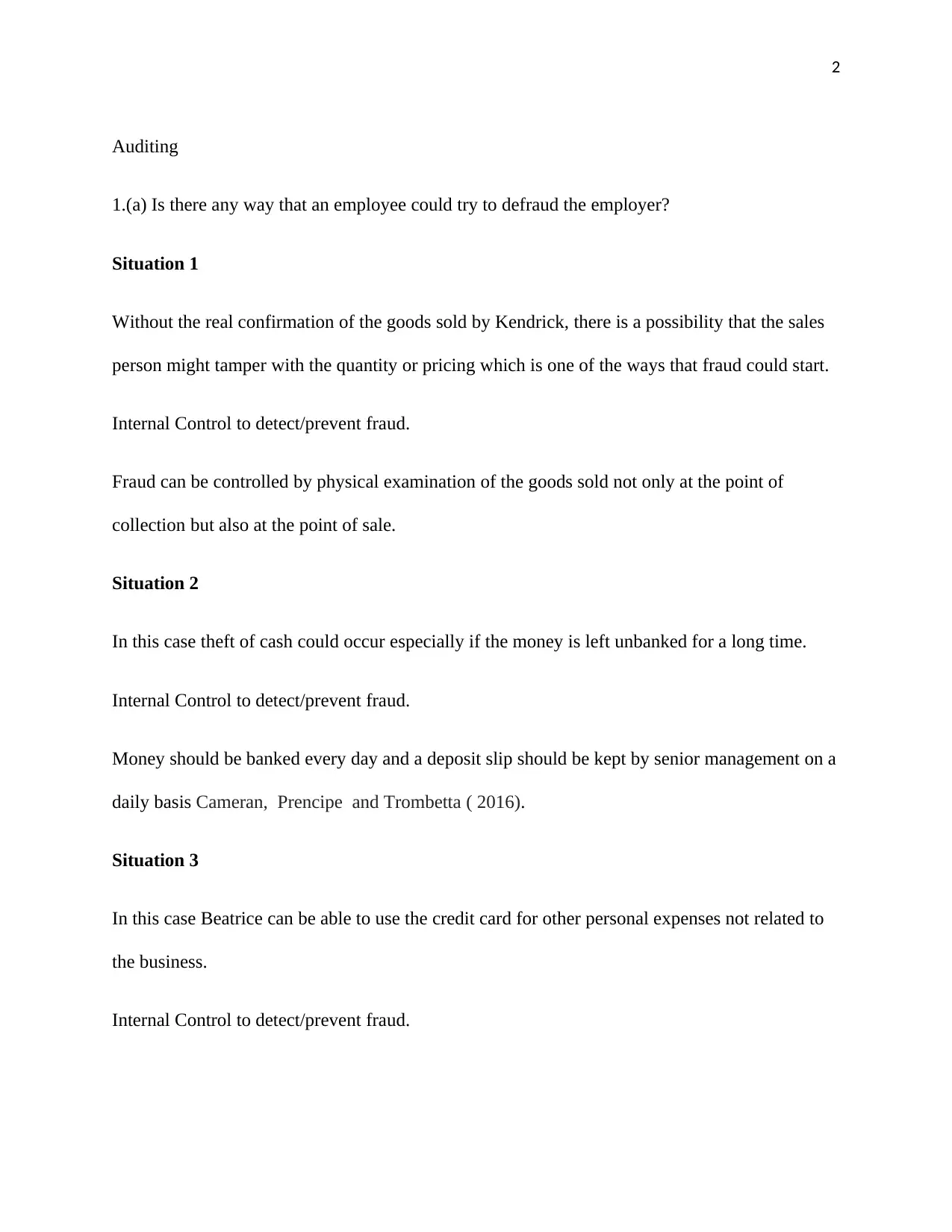
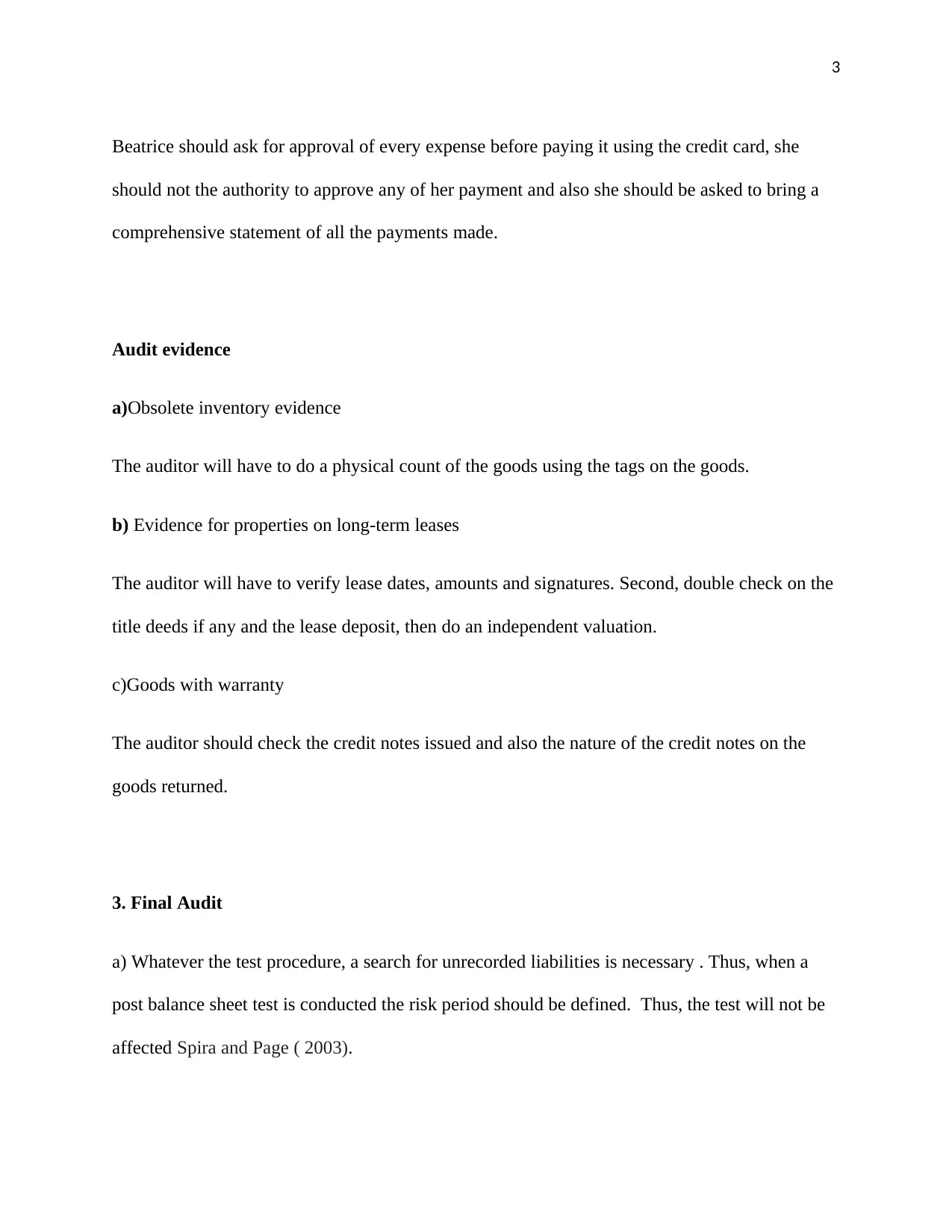

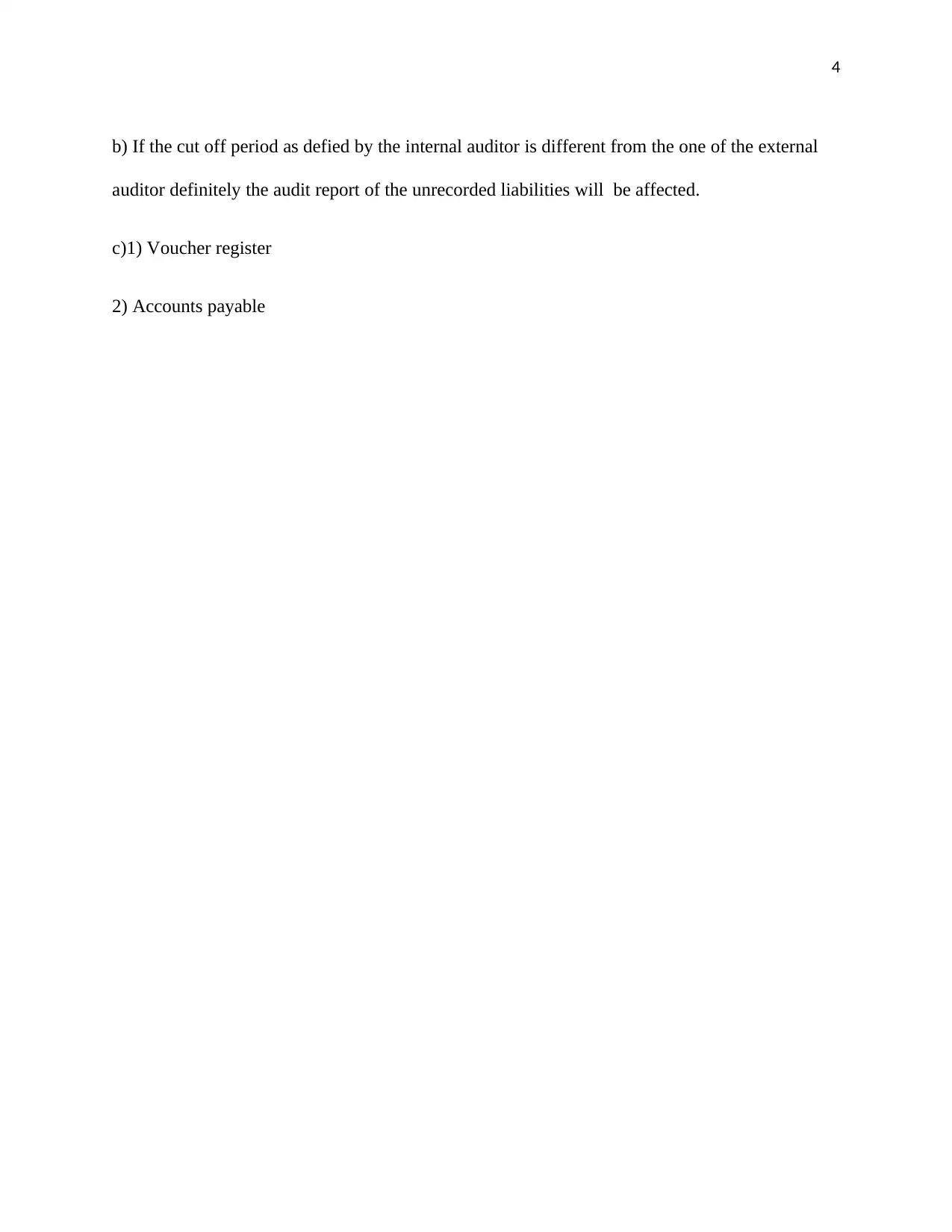
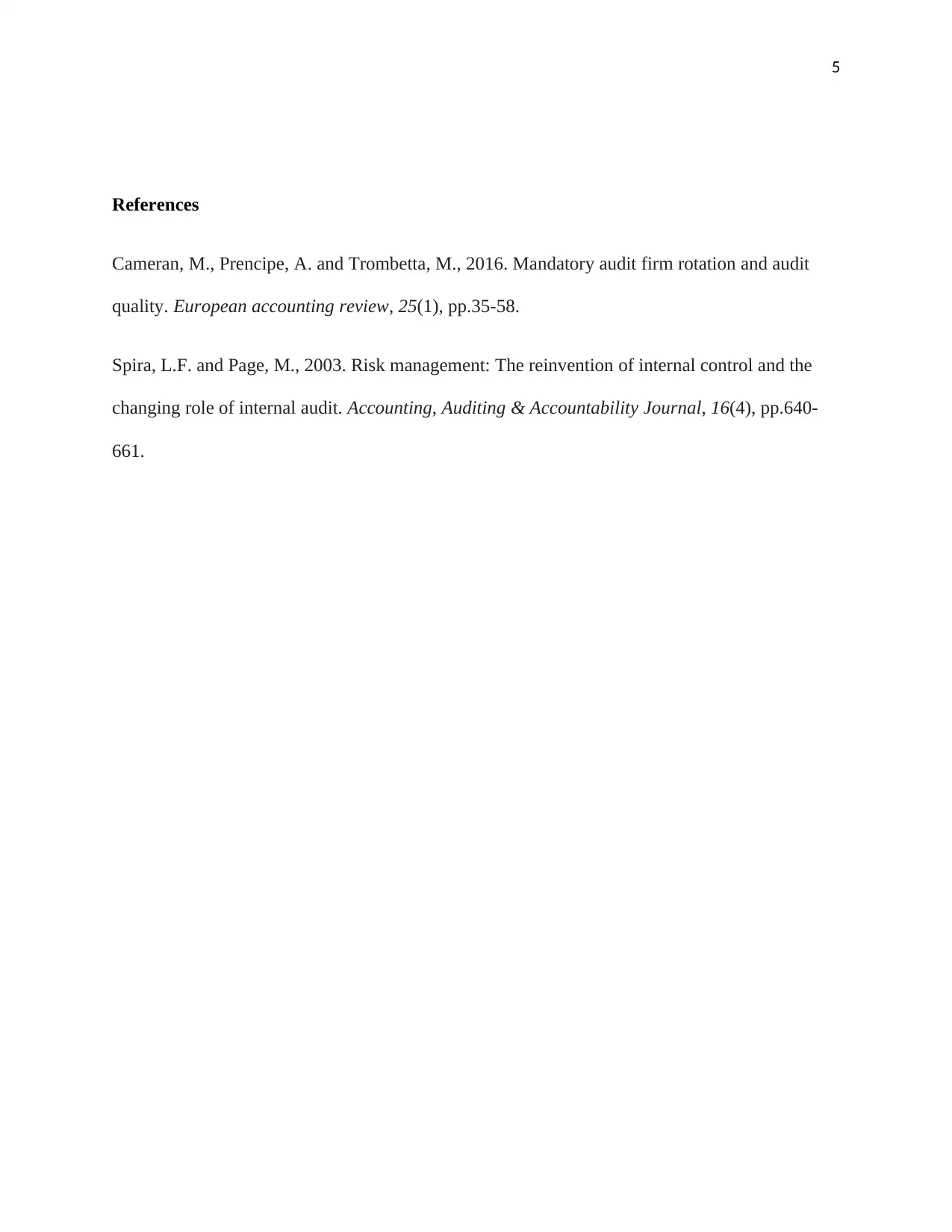

![[object Object]](/_next/static/media/star-bottom.7253800d.svg)